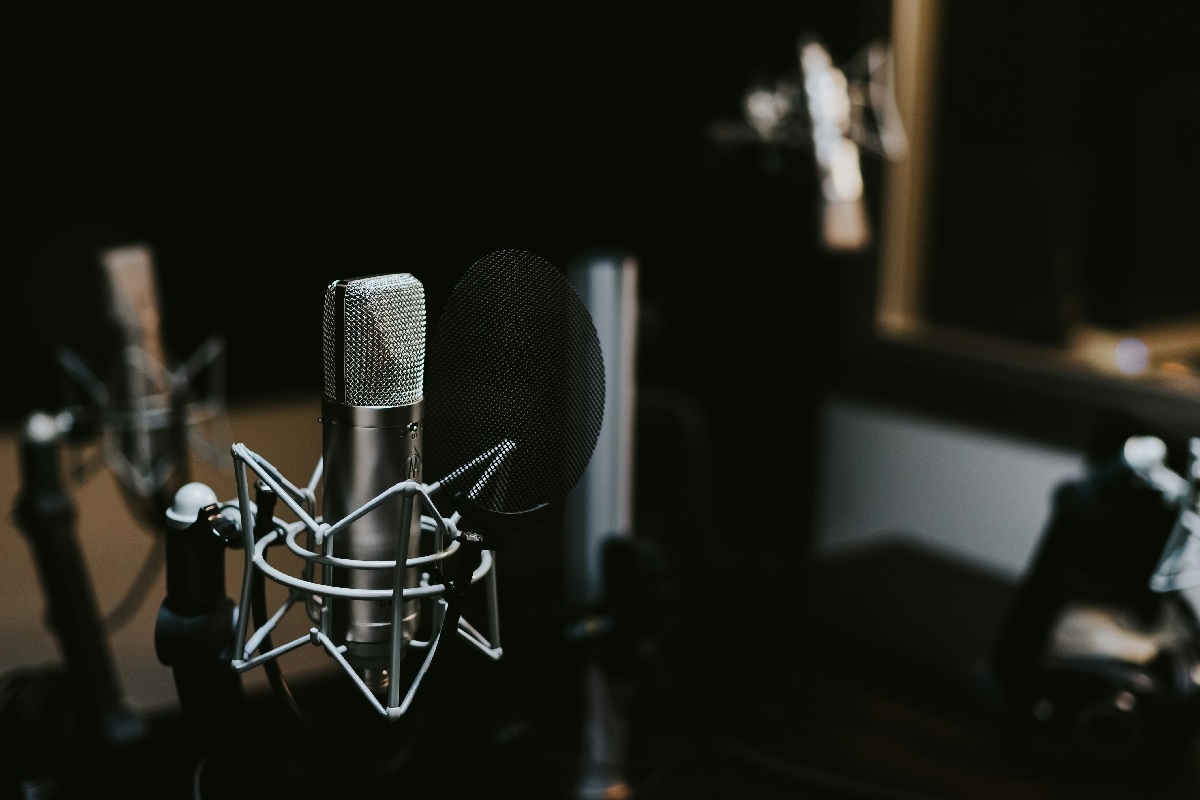There are plenty of online radio stations nowadays. Be it the major radio broadcasters or the smaller and more local broadcasters, you may come across some of your favourite sections. Capturing your favorite internet radio shows and music has become an essential skill for avid music enthusiasts. This guide will walk you through the process of recording internet radio, ensuring you never miss a beat. Whether you want to save exclusive interviews, discover new tracks, or simply enjoy your favorite shows offline, we've got you covered.

Discovering the right recording software is the first step in your journey. Whether you're a Windows or Mac user, find the perfect software that suits your needs. The market offers a diverse array of options, ranging from free tools to premium software suites. For users on a budget or those exploring basic recording functionalities, free options such as Audacity and GarageBand stand out. These platforms provide a user-friendly interface and essential features without any financial commitment.
On the other hand, if you seek advanced capabilities, premium recording software like Adobe Audition or Audials One might be more suitable. These paid options often come with a broader range of features, including advanced editing tools, format customization, and seamless integration with other applications. Additionally, they cater to the needs of both novice and professional users, offering a more comprehensive recording experience.
Compatibility is another crucial factor in choosing the right recording software. While some tools are designed exclusively for Windows or Mac, others offer cross-platform support. We'll explore the nuances of compatibility, ensuring that regardless of your operating system, you can identify a recording solution that seamlessly integrates with your setup. Whether you're a Windows aficionado or a dedicated Mac user, this guide will empower you to make an informed decision and kickstart your journey into the world of internet radio recording.
Ensuring optimal recordings when capturing internet radio from your PC involves strategic setup and configuration. While you may not need a physical environment in the traditional sense, creating a digital environment conducive to high-quality audio is paramount. We'll guide you through configuring your PC settings, selecting the right audio input sources, and optimizing your digital workspace. By fine-tuning these digital elements, you'll guarantee clear and crisp recordings, allowing you to fully enjoy your favorite internet radio content without any disruptions.
Recording internet radio directly from your PC involves meticulous configuration to ensure the best audio quality. Begin by adjusting your PC settings for optimal performance. Check and adjust your system sound settings to ensure they align with your recording goals. Take note of the default input and output devices, and make any necessary adjustments to enhance the clarity of your recordings. Pay attention to the sample rate and bit depth settings, as these factors can significantly impact audio quality. This section will provide a step-by-step guide for both Windows and Mac users, ensuring that your PC is finely tuned for capturing internet radio with precision.
To begin your radio recording journey, you'll need a reliable audio recorder. Make sure it supports a majority of the popular audio formats.
Select the "Audio-only" recording mode for a streamlined recording process.
To ensure a seamless recording experience, follow these steps: Begin by selecting your preferred recording format—whether it be MP3, AC3, AAC, or WAV—based on your personal preferences. Next, set the audio source to "Desktop" to capture the radio streams emanating from your computer. Specify the desired output folder located at the bottom of the interface, providing a designated location for your recordings. With these settings in place, press the "REC" button to kickstart the recording process, which will initiate a convenient five-second countdown. Utilize this brief interval to prepare your radio station for playback. When the countdown concludes, press the hotkeys "Ctrl + F1" to promptly halt the recording, ensuring that you capture precisely what you desire.
Now that you know how, it's our duty to point you to the legal implications. Understanding the legal aspects of internet radio recording is paramount, with copyright considerations taking center stage. While the internet provides a vast array of music and content, it's essential to respect intellectual property rights. Familiarize yourself with the legalities surrounding fair use and ensure that you have the right to record and save the content you're capturing. Many internet radio stations operate under specific licenses, granting them permission to broadcast copyrighted material. However, these licenses may not extend to personal recordings. Be mindful of these nuances, and always prioritize compliance with copyright laws to enjoy your recordings responsibly and without legal implications.